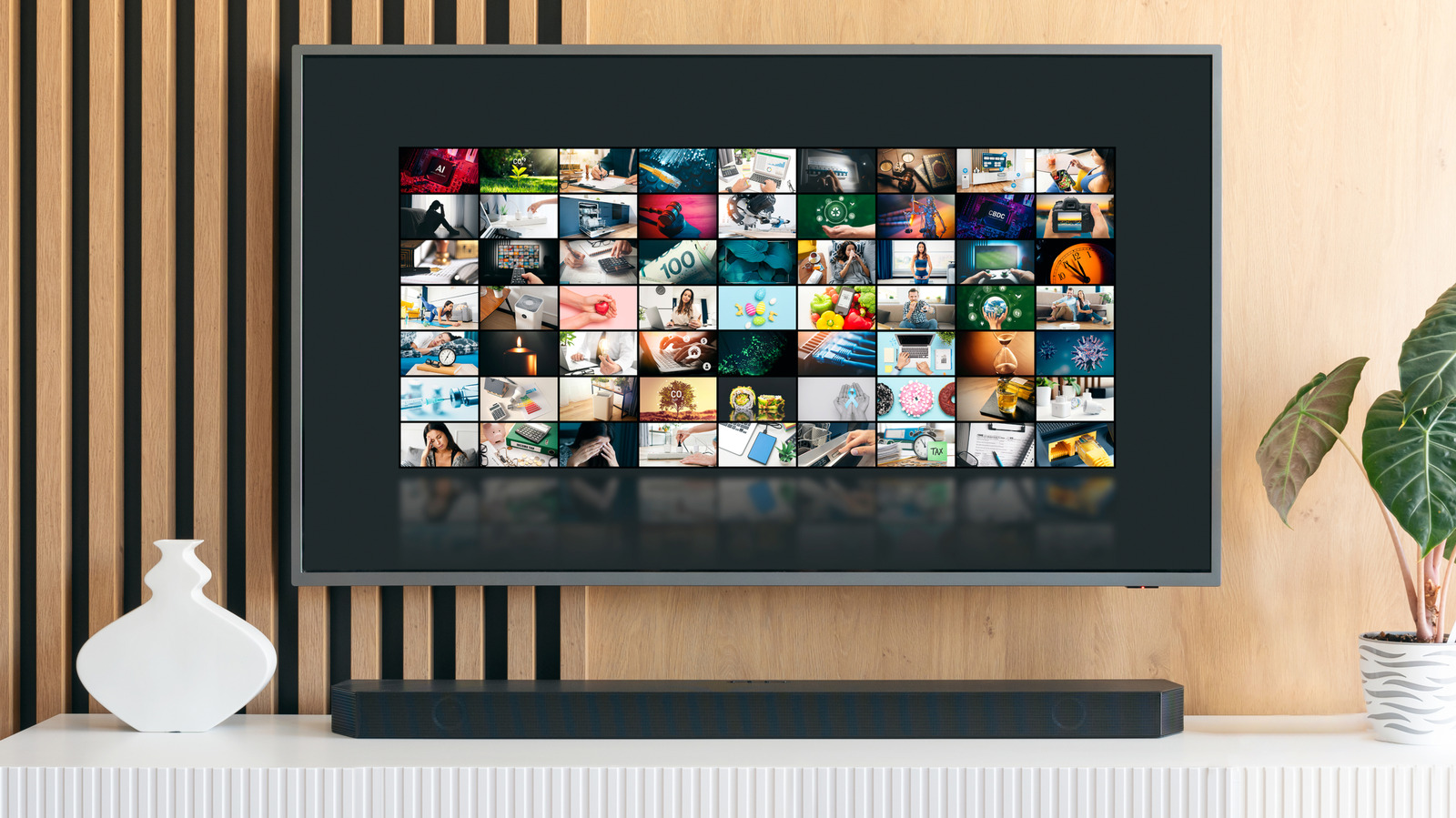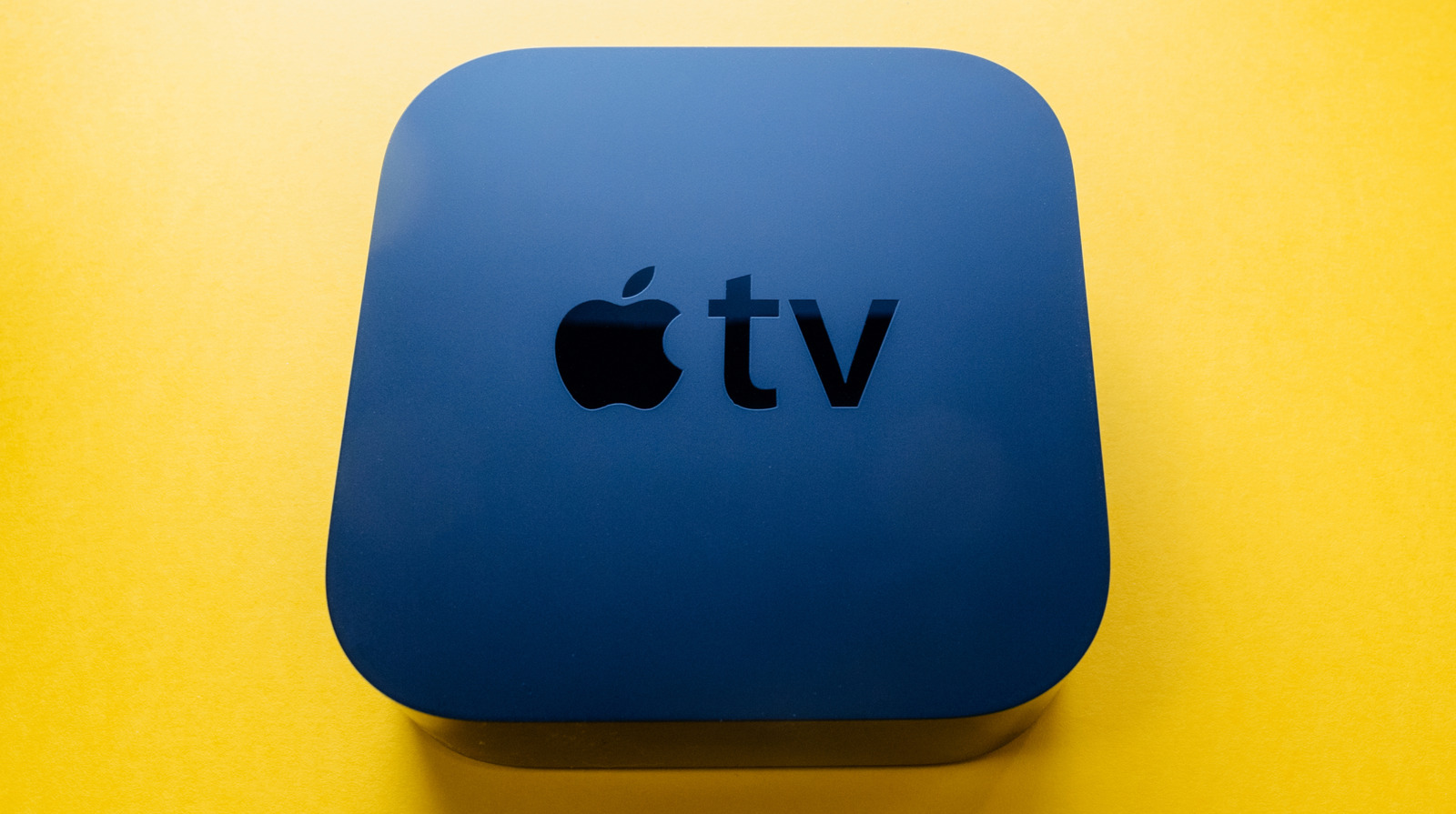Deep within LG Display’s Paju facility, in a room most employees have forgotten exists, sits a 15-inch screen that shouldn’t be working. When engineers fired it up last month for a heritage documentation project, they expected perhaps a flicker and maybe some color degradation—the inevitable decay of organic compounds exposed to fifteen years of molecular entropy.
Instead, the display blazed to life with colors so vivid and blacks so profound that the measurement equipment had to be recalibrated. This wasn’t just functional; it performed better than its original 2009 specifications. For the engineers present, it was like discovering a vintage supercar that had somehow gained horsepower while sitting in a garage.
This accidental discovery tells a larger story—one of how LG Display transformed OLED from an expensive laboratory curiosity into the undisputed king of display technology, commanding premium prices and defining visual excellence across every screen in your life.
The Magnificent Obsession
Edgar Cervantes / Android Authority
In 2008, OLED was beautiful, exotic, and completely impractical for anything larger than a smartphone. Sony had crafted gorgeous 11-inch OLED displays that cost more than luxury watches. Samsung’s labs were producing stunning prototypes that would never see mass production. The organic light-emitting compounds that created those perfect blacks and infinite contrast ratios were temperamental divas—brilliant performers prone to sudden collapse.
LG Display engineers saw something different. Where others saw insurmountable manufacturing challenges, they saw a puzzle worth solving. While competitors pursued traditional RGB OLED structures—essentially trying to make phone screens television-sized—LG’s team proposed something radical: adding a fourth, white subpixel to the mix.
LG Display engineers saw something different in OLED technology. Where others saw insurmountable manufacturing challenges, they saw a puzzle worth solving.
The WRGB architecture was counterintuitive. Why add white to a color display? But this wasn’t about color theory—it was about molecular engineering. LG Display could reduce stress on individual organic compounds by distributing the brightness workload across four subpixels instead of three. The white subpixel became the workhorse, handling brightness while RGB subpixels focused on color accuracy.

Building these panels required creating some of the cleanest environments on Earth. LG’s fabrication facilities made hospital operating rooms look like dusty warehouses. In chambers where a single particle could destroy an entire panel, organic materials were deposited in layers thinner than the wavelength of visible light. The precision required was absolute—temperature variations of a fraction of a degree, vibrations from a passing truck, and even the static electricity from synthetic clothing could ruin yields.
The First Declaration

The 55EA9800 arrived in 2013 like a spaceship landing in suburbia. At $14,999, it cost more than many cars. At 4.3 millimeters thick, it was thinner than the smartphones of its era. Curved like a gentle smile, displaying images that seemed to float in space rather than appear on a screen, it was equal parts television and manifesto.
Early adopters who brought these home weren’t just buying displays—they were funding a revolution. Every purchase validated LG’s billion-dollar bet that people would pay extraordinary premiums for extraordinary experiences. These weren’t televisions; they were portals to somewhere better.
Early adopters who brought these home weren’t just buying displays—they were funding a revolution.
The technology delivered experiences that LCD couldn’t touch. Watching *Gravity* on that curved OLED was like having a window into space. The black of the cosmos wasn’t just dark—it was absent, void, nothing. Stars didn’t shine on the screen; they pierced through it. Game of Thrones’ notorious Battle of Winterfell episode, criticized for being too dark on LCD screens, revealed layers of detail OLED owners didn’t know they were missing.
The Gaming Revolution

Edgar Cervantes / Android Authority
But it was gamers who truly understood what LG Display had achieved. OLED’s instantaneous pixel response—a natural consequence of organic materials switching at molecular speeds—eliminated the motion blur that had plagued displays since the CRT era. When combined with variable refresh rates, the result was visual performance that competitive players had only dreamed of.
The progression was relentless. The 48-inch CX OLED in 2020 brought 4K 120Hz gaming to living rooms just as next-generation consoles arrived to take advantage of it. The 42-inch C2 in 2022 made OLED gaming monitors practical for desktop setups. Then came the game-changers: the 27-inch and 45-inch curved OLED gaming monitors that redefined what competitive gaming could look like.

Lanh Nguyen / Android Authority
That 45-inch curved behemoth—with its 3440×1440 ultrawide resolution and 240Hz refresh rate—represents how far we’ve traveled from that first 15-inch prototype. It’s not just bigger and faster; it’s a fundamental reimagining of how games should look. Racing games become cockpit simulators. Strategy games reveal entire battlefields without scrolling. First-person shooters provide peripheral vision that translates directly to competitive advantage.
The OLED FLEX took this further, morphing from flat to curved at the press of a button. Different games, different curves. It sounds like science fiction, but early adopters have been living this reality since 2022.
The Professional’s Choice

Edgar Cervantes / Android Authority
While gamers pushed OLED’s speed limits, creative professionals discovered something equally transformative: color accuracy that made their work sing. Video editors could finally see exactly what their cameras captured. Photographers could edit with confidence that prints would match their screens. Colorists working on Hollywood productions adopted LG Display OLED monitors as reference displays, trusting them with billion-dollar franchises.
The BX and CX series became secret weapons in home studios worldwide. Professionals discovered they could get reference-quality displays for a fraction of traditional broadcast monitor costs. The democratization of color accuracy meant independent creators could work to Hollywood standards from their apartments.
The Streaming Synchronicity
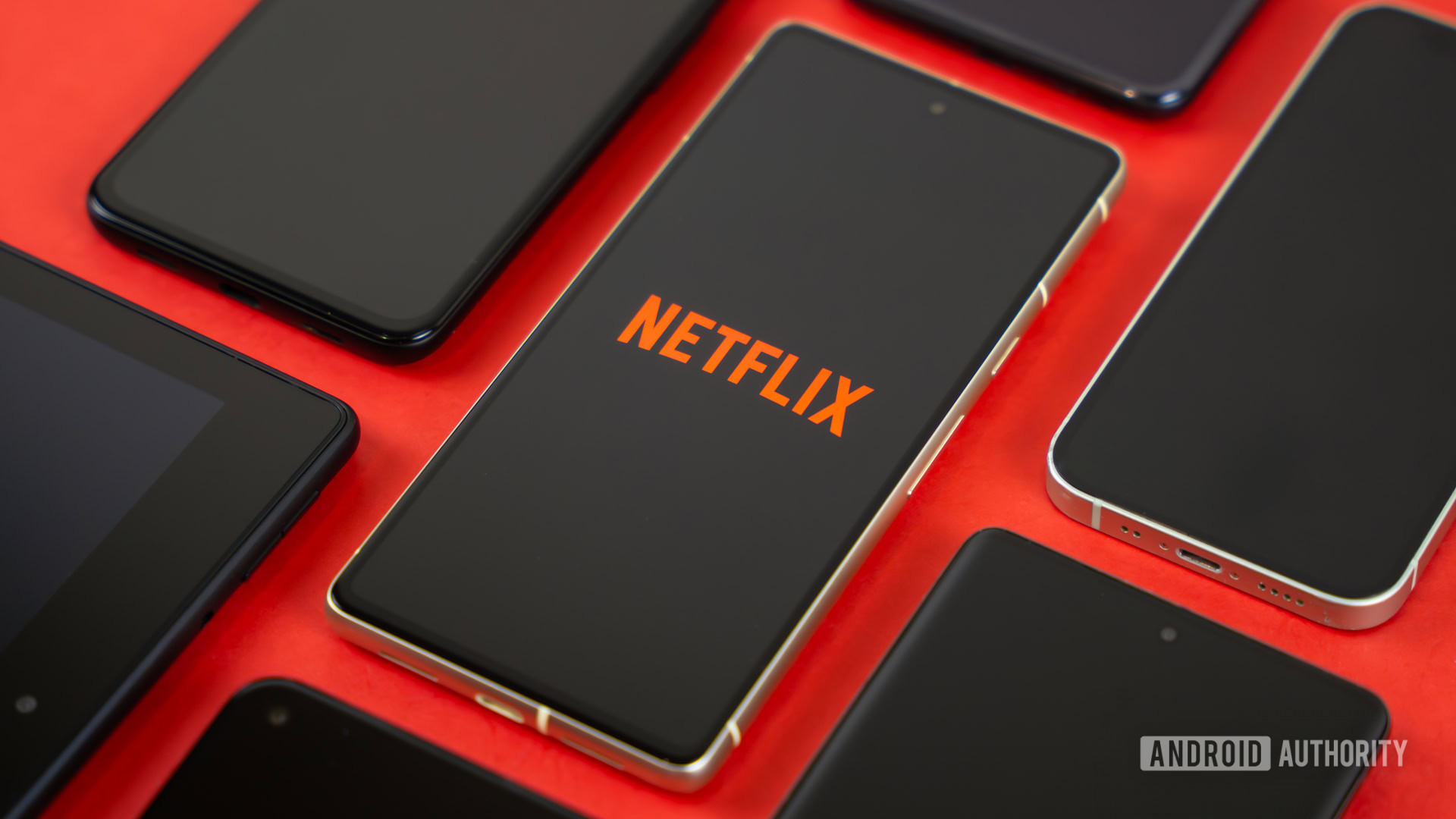
Edgar Cervantes / Android Authority
Netflix, Amazon Prime Video, and Disney+ inadvertently became OLED’s greatest ambassadors. As streaming services began producing content specifically for home viewing, they optimized for displays capable of delivering their creative vision. Dark, cinematic content that looked muddy on traditional screens revealed breathtaking detail on OLED.
The Mandalorian’s innovative LED volume stage—itself powered by massive LED walls—produced footage that seemed designed to showcase OLED’s capabilities. Every gleam of Beskar armor, every sunset on alien worlds, and every subtle shadow in candlelit scenes demonstrated why infinite contrast ratios matter.
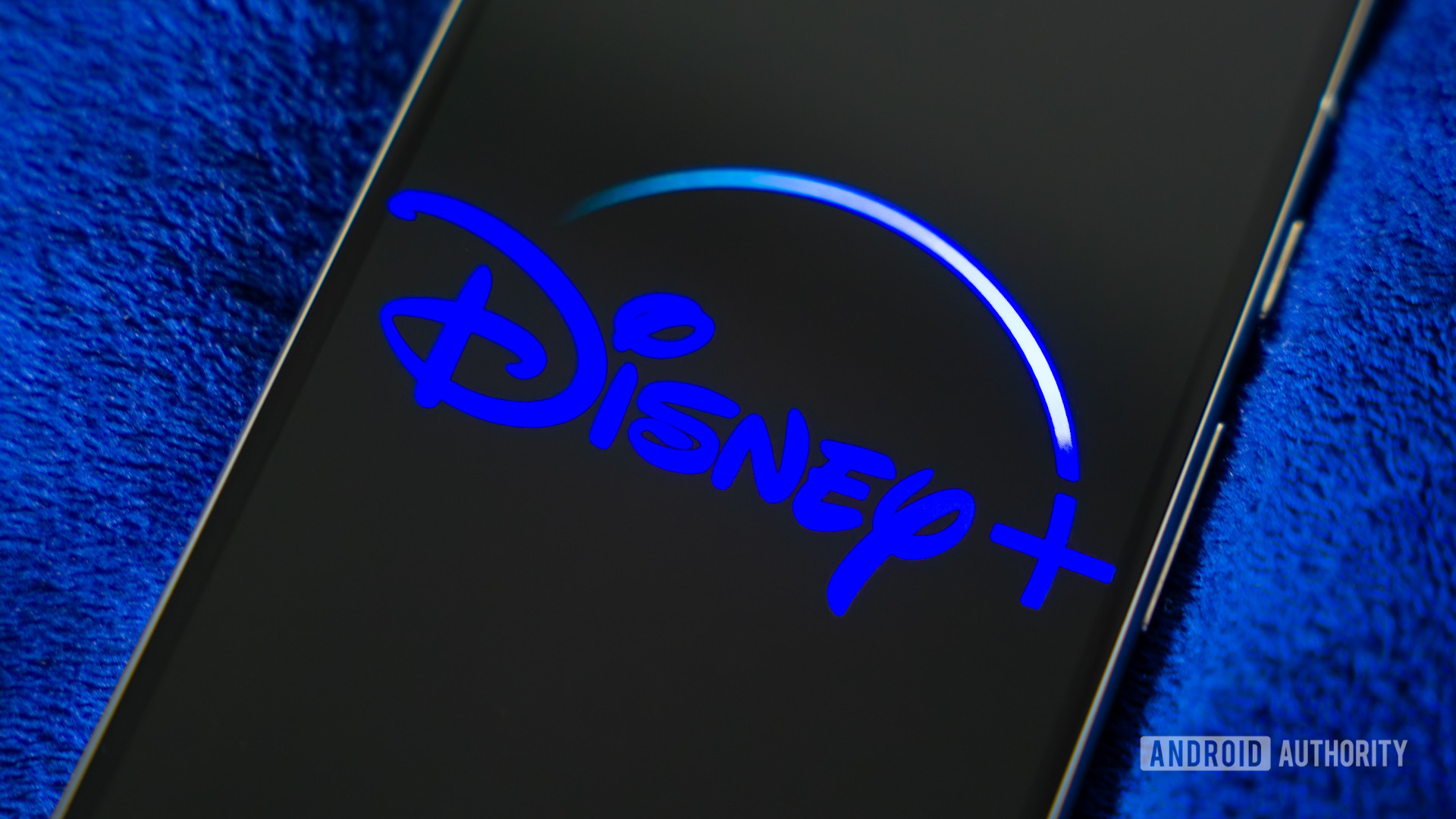
Edgar Cervantes / Android Authority
By 2020, streaming had become OLED’s killer app. Binge-watching in darkened rooms on 65-inch and 77-inch C1 and G1 OLEDs became the premium home entertainment experience. The G1’s gallery design, hanging flush against walls like living artwork, transformed televisions from electronic appliances into design statements.
The Wireless Revolution

The M series shattered another barrier: cables. True wireless 4K transmission at 144Hz seemed impossible, but LG’s engineering teams made it a reality. The M3 and upcoming M5 don’t just eliminate cable clutter—they reimagine how displays integrate into living spaces. Screens can live anywhere, unencumbered by HDMI runs or power outlet proximity.
Early adopters of wireless OLED report an unexpected benefit: the psychological impact of truly floating screens. Without visible connections, displays become more like windows than electronics. It’s a subtle shift that transforms how we think about screens in our spaces.
The Transparent Future

Edgar Cervantes / Android Authority
While perfecting traditional screens, LG Display pushed into territories that seemed borrowed from science fiction. Transparent OLED, evolving from novelty to 4K reality, enables applications that redefine what displays can be. Retail installations where products remain visible while information floats in front. Automotive HUDs that overlay navigation directly onto windshields. Architectural installations where windows become information portals without sacrificing views.
Transparent OLED, evolving from novelty to 4K reality, enables applications that redefine what displays can be.
The latest transparent OLED achieves 45% transparency at 4K resolution—clear enough to maintain spatial awareness while displaying crisp content. Early adopters are installing these in home bars as futuristic liquor cabinets, in kitchens as smart windows, in offices as heads-up productivity displays. Once you’ve experienced transparent OLED, traditional screens feel oddly primitive.
The Blue Breakthrough

Edgar Cervantes / Android Authority
At SID Display Week 2025, LG Display dropped a bombshell that sent ripples through the industry: a commercially viable blue phosphorescent OLED. For fifteen years, blue represented OLED’s Achilles’ heel—less efficient, shorter-lived, the limiting factor in power consumption and longevity.
The breakthrough came through hybrid architectures that balance phosphorescent efficiency with fluorescent stability. It’s the kind of molecular engineering that makes rocket science look straightforward. However, the results speak plainly: 15% power reduction while maintaining current performance standards. For early adopters, this means longer battery life in portable devices, lower electricity bills for large displays, and panels that maintain color accuracy even longer.
The State of the Art

Edgar Cervantes / Android Authority
Today’s flagship G5 and M5 series represent everything LG Display has learned in fifteen years of OLED development. Peak brightness touching 2,100 nits makes them daylight-viable while maintaining those perfect blacks. The META Multi Booster technology squeezes every photon of brightness from the organic materials. Anti-reflection coatings so effective that they’ve earned the “Vanta Black” nickname make screens viewable in conditions that would wash out any LCD.
But specifications tell only part of the story. These displays deliver experiences that defy description. 4K content looks sharper than the numbers suggest because every pixel can achieve true black, creating contrast at the sub-pixel level. HDR content doesn’t just look brighter—it looks more real, with highlights that seem to emit actual light while shadows retain full detail.
Specifications tell only part of the story. LG displays deliver experiences that defy description.
The gaming specifications border on the absurd: 0.03ms response times, 240Hz refresh rates at 4K, variable refresh rate support across every standard. It’s overkill for today’s content, but early adopters aren’t buying for today—they’re buying for the next five years of gaming evolution.
The Ecosystem Effect

Edgar Cervantes / Android Authority
LG’s OLED success created an entire ecosystem. Sony’s Master Series OLEDs, using LG panels, became the reference displays for Hollywood colorists. Panasonic’s OLEDs brought Japanese picture processing perfectionism to LG’s panels. Even Apple, notoriously particular about display quality, chose OLED for its flagship products.
The automotive industry embraced OLED for its design flexibility. Curved panels that follow dashboard contours, transparent displays for heads-up information, screens that disappear when powered off—all impossible with traditional display technology. Mercedes-Benz’s Hyperscreen, Cadillac’s 33-inch curved display, and BMW’s Theatre Screen all showcase OLED’s automotive future.
The Billion-Dollar Validation
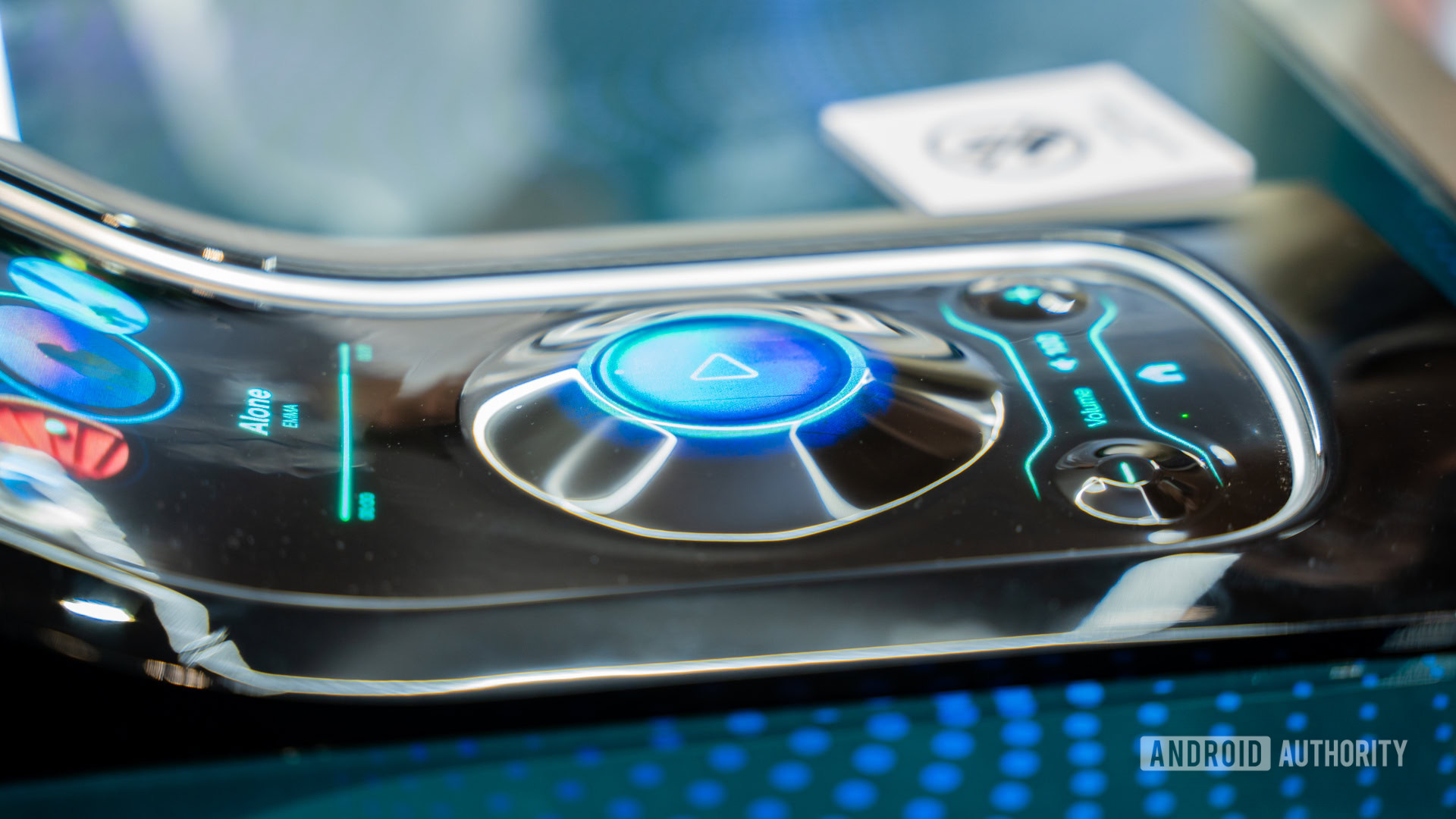
Edgar Cervantes / Android Authority
LG Display’s $900 million investment announced at SID 2025—their first major domestic investment since fully exiting LCD production—signals unwavering confidence in OLED’s trajectory. With OLED generating 56% of the company’s revenue and growing, the technology that once seemed like an expensive gamble has become the company’s cornerstone.
The investment targets next-generation innovations that push beyond current imagination. Stretchable displays that expand from phone to tablet size. Solution-processed OLED that could make large panels as easy to manufacture as printing newspapers. Integration with AI processors that optimize every frame in real-time based on content analysis and ambient conditions.
The Persistence of Pixels

Edgar Cervantes / Android Authority
That 15-year-old prototype, still glowing in its forgotten room, embodies something profound about technological evolution. It survived because LG’s engineers built it to last, using materials and methods that proved more durable than anyone predicted. But it thrived because it represented something larger—a commitment to pursuing perfect images regardless of contemporary constraints.
For early adopters who’ve followed OLED’s journey from those first $15,000 televisions to today’s diverse ecosystem, the evolution has been breathtaking. What started as exclusive technology for the wealthy few has become the benchmark for visual excellence across every product category. Your phone, your tablet, your laptop, your television, your car—all can now deliver the perfect blacks and infinite contrast that once seemed impossible.

Edgar Cervantes / Android Authority
The 45-inch curved gaming monitor sitting on desks today delivers experiences that would have seemed hallucinogenic to gamers raised on CRT monitors. The 97-inch G2 hanging in home theaters makes commercial cinemas feel quaint. The transparent OLEDs turning windows into displays herald futures where the boundary between digital and physical dissolves entirely.
The Future Burns Bright

Edgar Cervantes / Android Authority
As we stand fifteen years from that first glowing prototype, OLED’s future appears even brighter than its perfectly illuminated pixels. The technology that critics dismissed as too fragile, too expensive, too limited has become the display industry’s North Star. Every advancement—brighter quantum dots, mini-LED backlights, micro-LED promises—measures itself against OLED’s benchmark.
For early adopters, the journey continues to reward. Each generation brings capabilities that redefine what displays can achieve. Today’s impossibilities—rollable tablets, stretchable phones, ambient displays powered by room light—are tomorrow’s shipping products. LG’s relentless innovation ensures that those who invest in OLED today are buying into a platform that will continue evolving for decades.
Fifteen years ago, LG Display engineers created a prototype that shouldn’t have worked, couldn’t be manufactured profitably, and addressed a market that didn’t yet exist.
That forgotten screen in Paju reminds us that great technology isn’t just about specifications or profit margins. It’s about the stubborn pursuit of perfection, the willingness to invest billions in dreams, and the faith that if you build something extraordinary, the world will eventually understand its value.
Fifteen years ago, LG Display engineers created a prototype that shouldn’t have worked, couldn’t be manufactured profitably, and addressed a market that didn’t yet exist. Today, that prototype’s descendants illuminate our lives with perfect blacks and infinite possibility. Tomorrow, they’ll show us things we haven’t yet imagined.
The last pixel is still standing. The revolution it started has only just begun to glow.
Thank you for being part of our community. Read our Comment Policy before posting.



